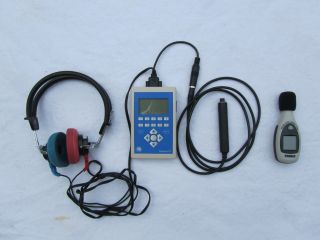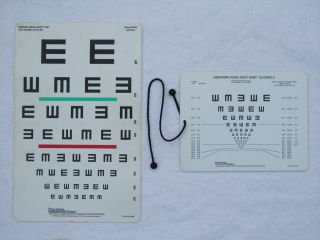When I began asking whether prayer for healing produces any empirical effects, I quickly ran into difficulties finding adequate data. Before-and-after medical records were hard to track down, and surveys provided no check on whether people’s perceptions match up with observable outcomes. There were many clinical trials of distant intercessory prayer, but they were not designed in such a way that they shed light on a large segment of healing prayer practices. The only well-designed trial of proximal intercessory prayer (PIP), by Dale Matthews and colleagues in 2000, selected for study a condition, rheumatoid arthritis, that is relatively susceptible to psychosomatic improvements.
When I decided to collaborate with medical researchers to conduct a new clinical trial, I wanted to study conditions that were less susceptible to psychosomatic factors and for which we could measure psychophysical thresholds (the lowest sensory levels that subjects can reliably detect), rather than relying exclusively on self-reports of symptom severity. But I was also interested in conditions for which self-reporting played some role (as opposed to a condition such as asymptomatic hepatitis C, which can be assessed only by blood tests), because I wanted to compare perceptions of healing with measurable effects of PIP. I also wanted to find conditions for which the effects of hypnosis and suggestion had been studied, so that I could compare the magnitude with any effects from PIP. Testing hearing and vision fit the bill.
I turned my attention first to rural Mozambique because pentecostal informants claimed that an unusually large number of individuals were being healed of deafness and blindness in that region in particular through the prayers of the pentecostal healing evangelist Heidi Baker. My team took a portable audiometer and vision charts to test subjects during evangelistic services in Mozambique. Baker typically opened services—which were conducted in predominantly Muslim, mud-hut villages that were small enough that everyone knew each other—by calling for all the deaf and blind to be brought to her. We tested every single “deaf” and “blind” person brought to Baker before and after she prayed for them and reported all of our results—whether or not the people claimed to improve, and whether or not we observed any change. We were able to take before-and-after measurements for a total of 24 consecutive Mozambican subjects—14 reporting hearing loss and 11 claiming vision problems. We would have loved to test more subjects, but as one might imagine, finding even this many people who are reputedly deaf or blind takes considerable time.

Portable audiometer and sound meter.
It’s worth pointing out that many non-specialists believe that it is the size of the sample that determines whether results are significant. This is not quite accurate. Given a small sample size, it is still possible to have a statistically significant result, but the effects have to be exceptionally strong and consistent in order to meet the rigorous, scientific standard of statistical significance. Conversely, with a larger sample size, researchers may be able to report statistical significance even if they observe only a small effect. In the field of statistics, significance has a precise meaning: that it is statistically improbable that an observed effect is merely an artifact of chance that would disappear if more subjects were tested. Scientists generally report statistical significance when in statistical tests the variable p < 0.05.

Tumbling "E" vision charts.
Even with a relatively small sample size, we found large enough effects in individual subjects and consistent enough effects across study populations that the results were statistically significant. For hearing, we found that p < 0.003. Two subjects had thresholds reduced by over 50 dBHL (decibels of hearing level). To communicate the magnitude of this change, realize that a motorcycle engine at close range registers 100 dB (decibels), compared with 0 dB in a quiet environment. For vision, we found that p < 0.02. Three subjects improved from 20/400 (the top of an eyechart) or worse to 20/80 or better. We did a replication study in Brazil, where we also found significant effects. We compared the magnitude of effects from PIP with studies of the effects of hypnosis and suggestion on hearing and vision. We found greater average and greater maximum improvements although similar potential confounds—such as the oft-discussed placebo effect—may be involved. Although our study was not without its limitations, the results are intriguing enough to warrant further study.


